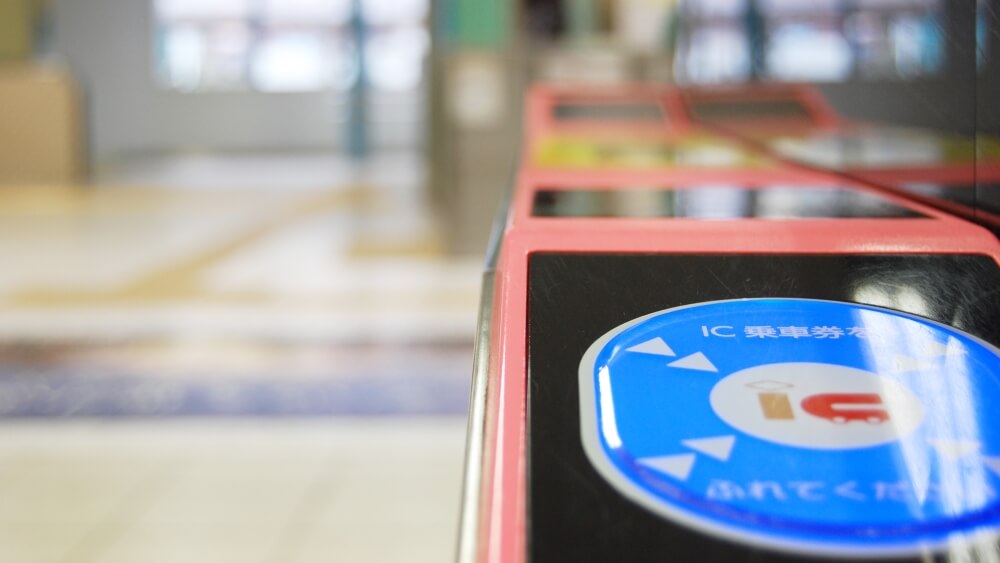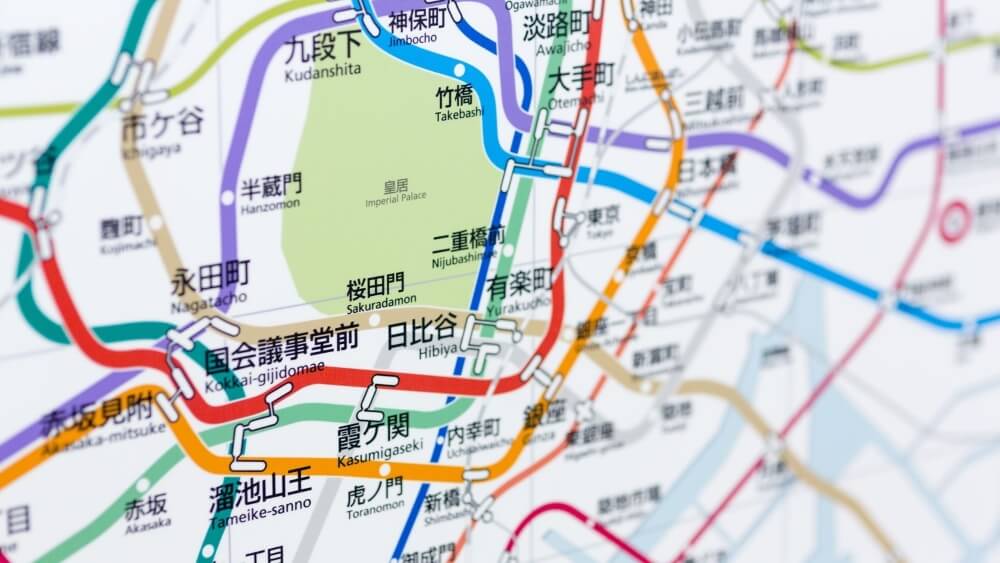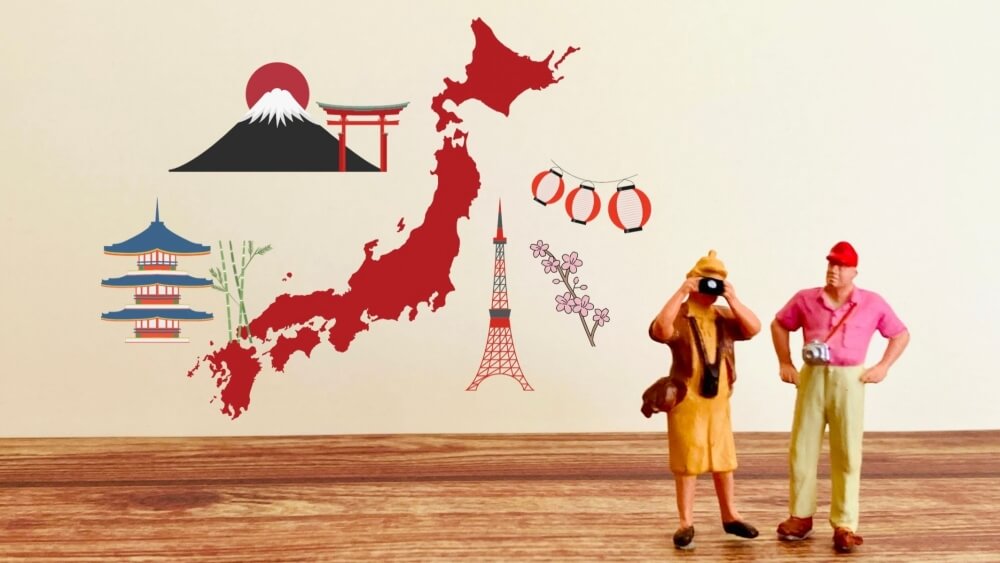In the intricate transport network of Japan, especially in Tokyo, the use of IC cards is essential for achieving seamless mobility. This article provides details on the types of transit IC cards used in Japan, how to purchase them, their usage, and important considerations.
Types of IC Cards in Japan
Japan has around 10 different types of transit IC cards, each tied to a specific region. However, most cards can be used across the country, with only a few exceptions in certain regions or on specific transportation networks.
When choosing a card, it’s best to pick one based on where you live or the areas you plan to visit. Keep in mind that some cards may have limitations when it comes to charging or earning points in certain regions. Here are three of the most popular transit IC cards in Japan:
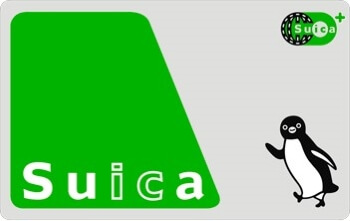
Suica: Sold by JR East, the most widely used transit IC card in Japan.
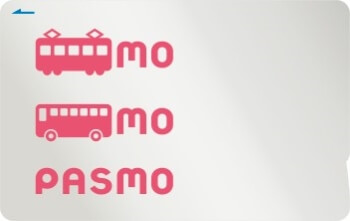
Pasmo: Available on Tokyo Metro and private railways, covering a broad national network like Suica.
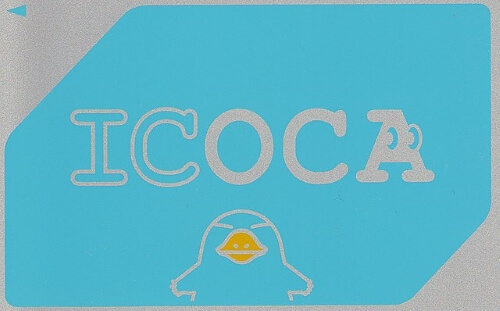
Icoca: The Kansai region version of Suica card sold by JR West.
Purchasing and Charging
Initial Purchase
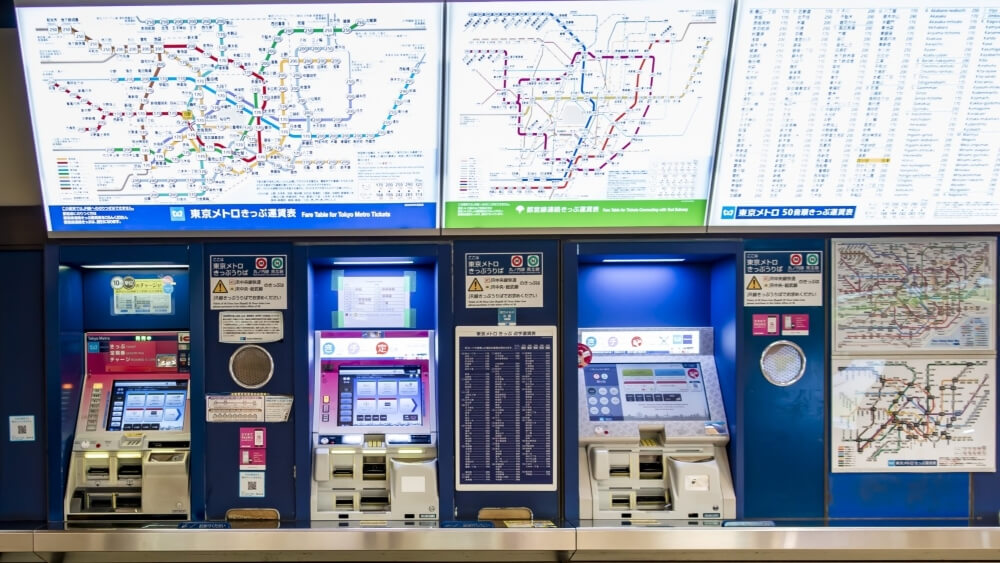
Suica can be purchased at JR stations, while Pasmo is available at Metro and Toei Subway stations, among others. You can buy them at ticket vending machines, which support multiple languages, including English. Cards can be charged in increments of ¥1000, and the initial purchase includes a ¥500 deposit (refundable upon return). *The card designed for short-term traveler does not charge a deposit.
Charging Methods
When your IC card balance runs low, easily recharge it using station vending machines, mobile apps, or at convenient stores. To charge at convenience stores, just let the staff know you want to top up your IC card, hand over the card, select the amount, and complete the payment.
Using the IC Card
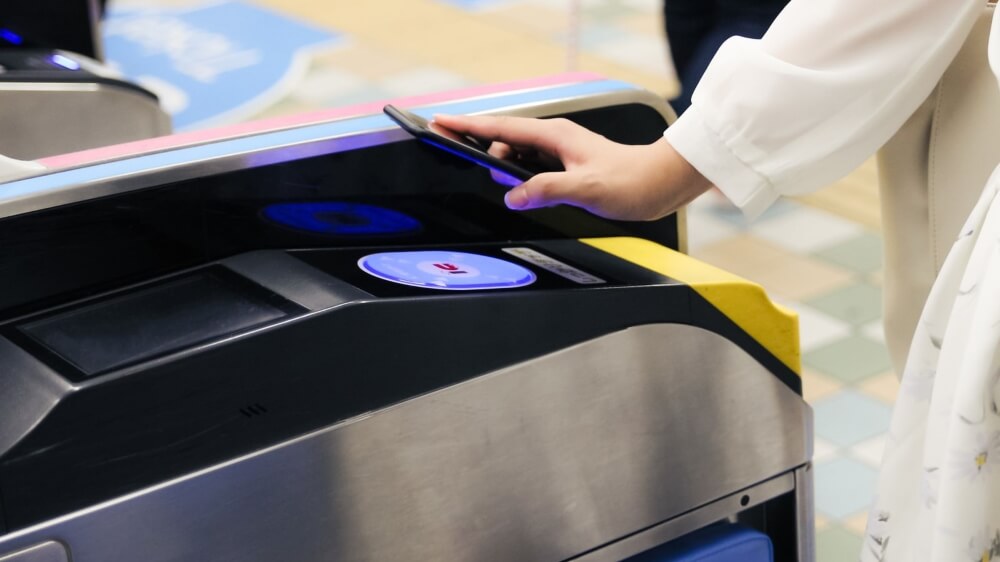
How to use
Simply touch your card to the reader on the gate, marked with the IC card logo. You can even do this while it’s in your pass case, although be cautious of potential errors if other IC cards or items interfering with signals are in the same case. Your remaining balance will be displayed on the gate’s screen.
Handling Insufficient Balance
If your balance is insufficient when exiting a station, you can settle the remaining amount at a nearby fare adjustment machine and then touch your card at the gate again.
Considerations
Lost cards cannot be reissued, and cards cannot be used across different regions (e.g., Tokyo to Nagoya).
Various usage ways

Transit IC cards in Japan are not solely designed for transportation; they can also be used for payment of products and services at shops. Many Japanese use these IC cards as an alternative to credit cards.
Usage in Transportation
In addition to JR, subways, private railways, and buses, there are also an increasing number of places where you can use the cards to pay for taxis and shared bicycles. Some cards, like Suica, can be used on Shinkansen (bullet trains) and limited express trains, but this requires advance registration. It’s also possible to charge 1-day passes or upgraded seat for shinkansen.
Usage as Electronic Money
IC cards can be used for in-train sales, some vending machines, and security lockers at the station. At stores where the logo of your IC card is displayed, you can enjoy shopping and dining just like using a debit card. This convenience extends to a wide variety of establishments, including nationwide convenience stores, major supermarkets, Don Quijote, McDonald’s, Muji, post offices, and many more, where payments with IC cards are widely accepted.
Mobile Apps
Major IC cards like Suica and Pasmo have corresponding mobile apps. These apps allow you to charge your card, purchase travel passes, track usage history and more. Even if your smartphone goes out of range or the screen is off, the card remains functional.
- For iPhone: Select the card you like to use through Apple Wallet and charge the balance through pre-registered credit card.
- For Android: IC cards can also be used through Google Pay; however, it requires FeliCa, a feature typically found only on Japanese smartphones, making it less suitable for foreign travelers.”
Traveller’s Cards
As of 2024, the issuance of anonymous Suica and Pasmo cards has been temporarily suspended. However, Icoca in Kansai region and traveller’s cards, such as “Welcome Suica” and “Pasmo Passport,” are still available.
While Welcome Suica has a wealth of information in English, Pasmo passport has the advantage of offering discounts on shopping and activities. Check their official websites for the specific conditions and sales locations for traveler cards.
- JR East Suica: https://www.jreast.co.jp/e/pass/suica.html
- Pasmo: https://www.pasmo.co.jp/visitors/en/
